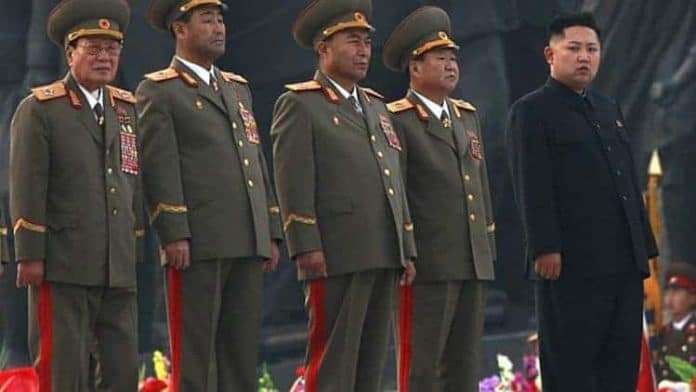
Yesterday, in its most provocative military move to date, North Korea launched without warning a missile that flew over the Japanese mainland. Japan was forced to use its nation-wide alert broadcast system to warn the population, but when the Japanese military determined that the missile was going to miss the mainland, it did not take any responsive military action.
Still, the launching of the missile itself sends an ominous message from North Korea. The emerging nuclear power has been flexing its nuclear muscles with repeated test firings throughout this year accompanied by constant threats against the U.S., South Korea and U.S. allies, as well.
President Trump spoke with Japanese Prime Minister Shinzō Abe for about 40 minutes after the incident. Japanese media broadcast throughout the nation that Trump advised Abe the U.S. is fully standing behind Japan. The two talked about increasing the pressure on Russia and China to reign in North Korea’s Kim Jong-Un.
Kim previously threatened to launch a nuclear missile at Guam, an American protectorate, after a war of words between his regime and President Trump. Kim said he intends to teach the U.S. “a lesson.” Yesterday’s launch in the direction of Japan is clearly a provocation indirectly aimed at the U.S.
For North Korea it is important to be seen– and respected– as a nuclear power. It wants an end to U.S. involvement in Far East affairs and wants U.S. troops withdrawn from the Western Pacific. North Korea has also been very clear about its desire to see an end to the treaty between the U.S. and South Korea and Japan.
The United Nations security council has set an urgent meeting for today to discuss the North Korean threat. Economic sanctions imposed by the U.N. earlier this year resulted in an increase in North Korean missile launch testings and an escalation in the tension between the White House and the DPRK (Democratic People’s Republic of Korea).
Stay tuned.

